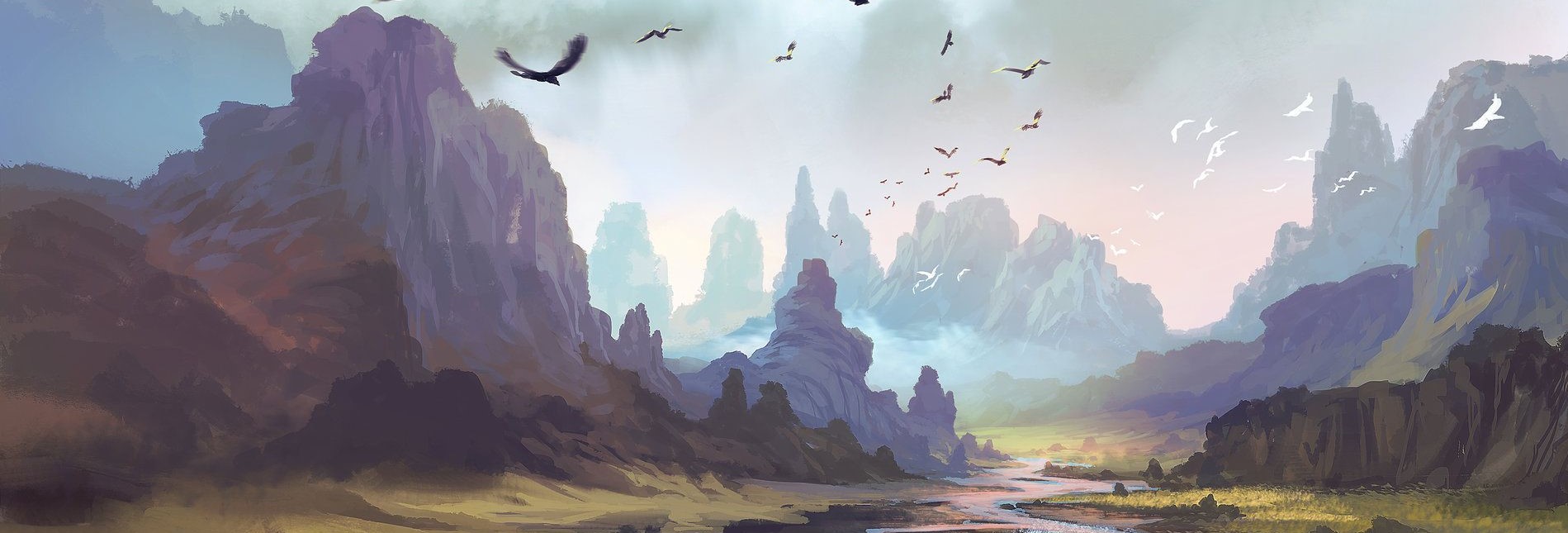The Great Plains
The greater Yavinian plain includes all the neighbouring plains of Isich, the enyanian plain, because of these belong to the same greater plain. The mois climate is still dry enough to deny the growth of the forest, in fact, the forests have been in decline for many millennia, slowly giving way to the grass. Some even say the forest had once reached as far as the Yavin river itself.
Flora and Fauna
Now the grasses reign supreme, and with it, its flora and fauna, The flora is relatively simple, with a wide variety of grasses and weeds growing here, and in the spring and summer, even certain types of flowers. In the northeast, grasses give way to shrublands, in the region known as the rend, where the lands receive much more moisture, but the cold and windy climate isn't hospitable for forest growth.
The animals found here are plentiful and no less than two large grazers can be found here. There is the Yavinian bison north of the Yavin River, and the Yavinian brown tail south of the Yavin River. These bison have been domesticated and are the ancestors of all of the world's domesticated cows, the brown tails are a large grazing type of deer, that has not been domesticated, but is often hunted, and makes up an important part of south Yavinian cuisine.
With the presence of large prey animals, there are also large predators, the most common in these lands is the western grey wolf, especially in central, and northern regions of the Yavinian Plain. In the southern regions, close to the forests of enyanin, there is also the Canuagra, a large cat, related to the eastern tiger but with spots instead of stripes.
Besides big prey and predators there are also a large amount of smaller animals, notable enough to be listed here, such as rabbits, hares and foxes. many species of mouse and rat, the Yavinian badger, moles and many more.

Comments